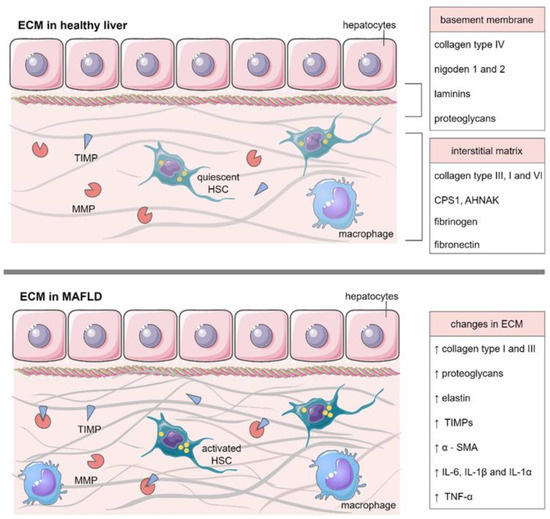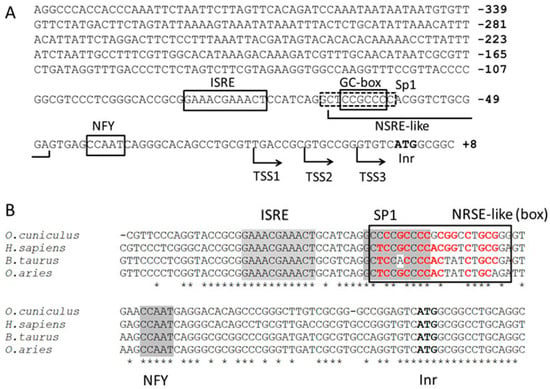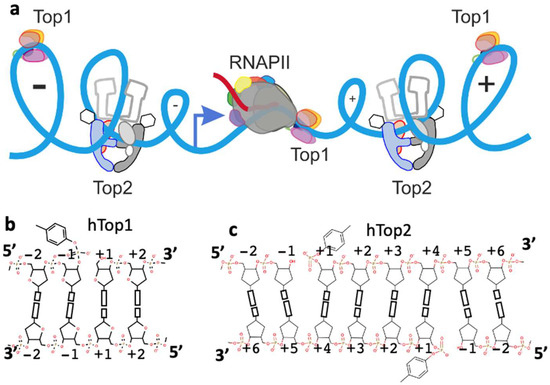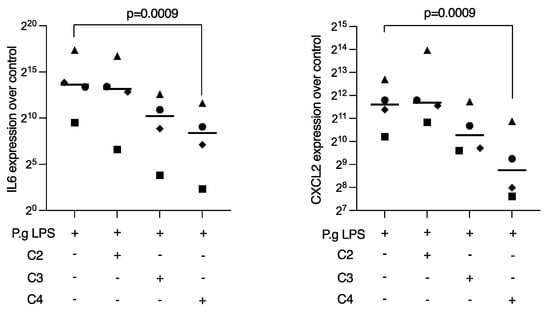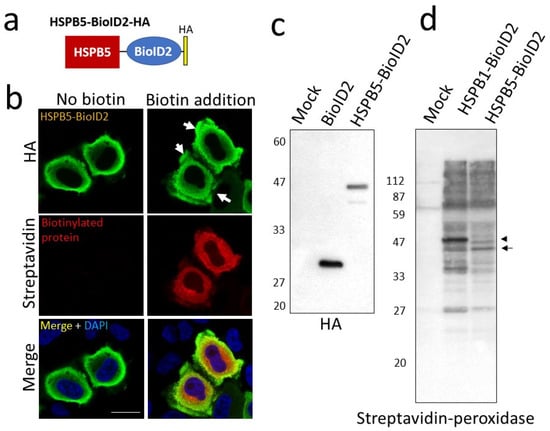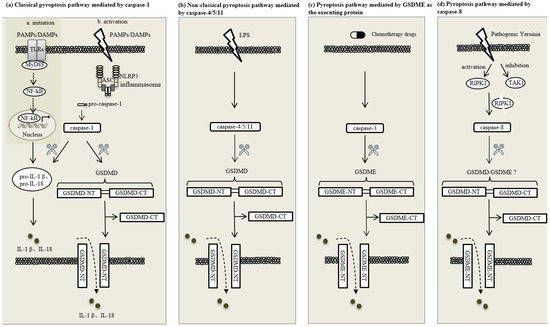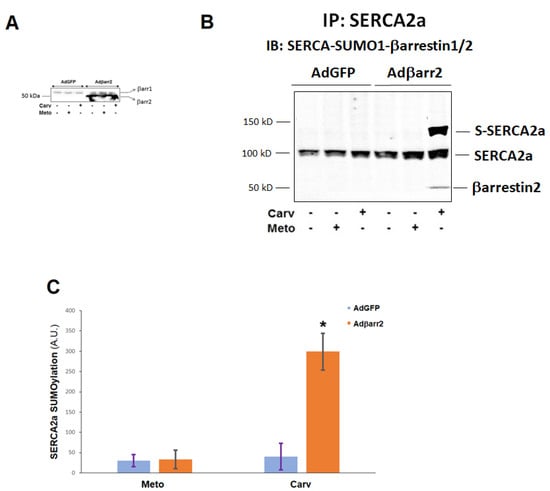Int. J. Mol. Sci. 2022, 23(19), 11772; https://doi.org/10.3390/ijms231911772 - 4 Oct 2022
Cited by 5 | Viewed by 3326
Abstract
Calpain activation has been implicated in various pathologies, including neurodegeneration. Thus, calpain inhibition could effectively prevent spinal cord injury (SCI) associated with neurodegeneration. In the current study, a dog SCI model was used to evaluate the therapeutic potential of a selective calpain inhibitor
[...] Read more.
Calpain activation has been implicated in various pathologies, including neurodegeneration. Thus, calpain inhibition could effectively prevent spinal cord injury (SCI) associated with neurodegeneration. In the current study, a dog SCI model was used to evaluate the therapeutic potential of a selective calpain inhibitor (PD150606) in combination with methylprednisolone sodium succinate (MPSS) as an anti-inflammatory drug. SCI was experimentally induced in sixteen mongrel dogs through an epidural balloon compression technique. The dogs were allocated randomly into four groups: control, MPSS, PD150606, and MPSS+PD150606. Clinical evaluation, serum biochemical, somatosensory evoked potentials, histopathological, and immunoblotting analyses were performed to assess treated dogs during the study. The current findings revealed that the combined administration of MPSS+PD150606 demonstrated considerably lower neuronal loss and microglial cell infiltration than the other groups, with a significant improvement in the locomotor score. The increased levels of inflammatory markers (GFAP and CD11) and calcium-binding proteins (Iba1 and S100) were significantly reduced in the combination group and to a lesser extent in MPSS or PD150606 treatment alone. Interestingly, the combined treatment effectively inhibited the calpain-induced cleavage of p35, limited cdk5 activation, and inhibited tau phosphorylation. These results suggest that early MPSS+PD150606 therapy after acute SCI may prevent subsequent neurodegeneration via calpain inhibition.
Full article
(This article belongs to the Special Issue Neurodegeneration 2022: From Genetics to Molecules)
►
Show Figures



